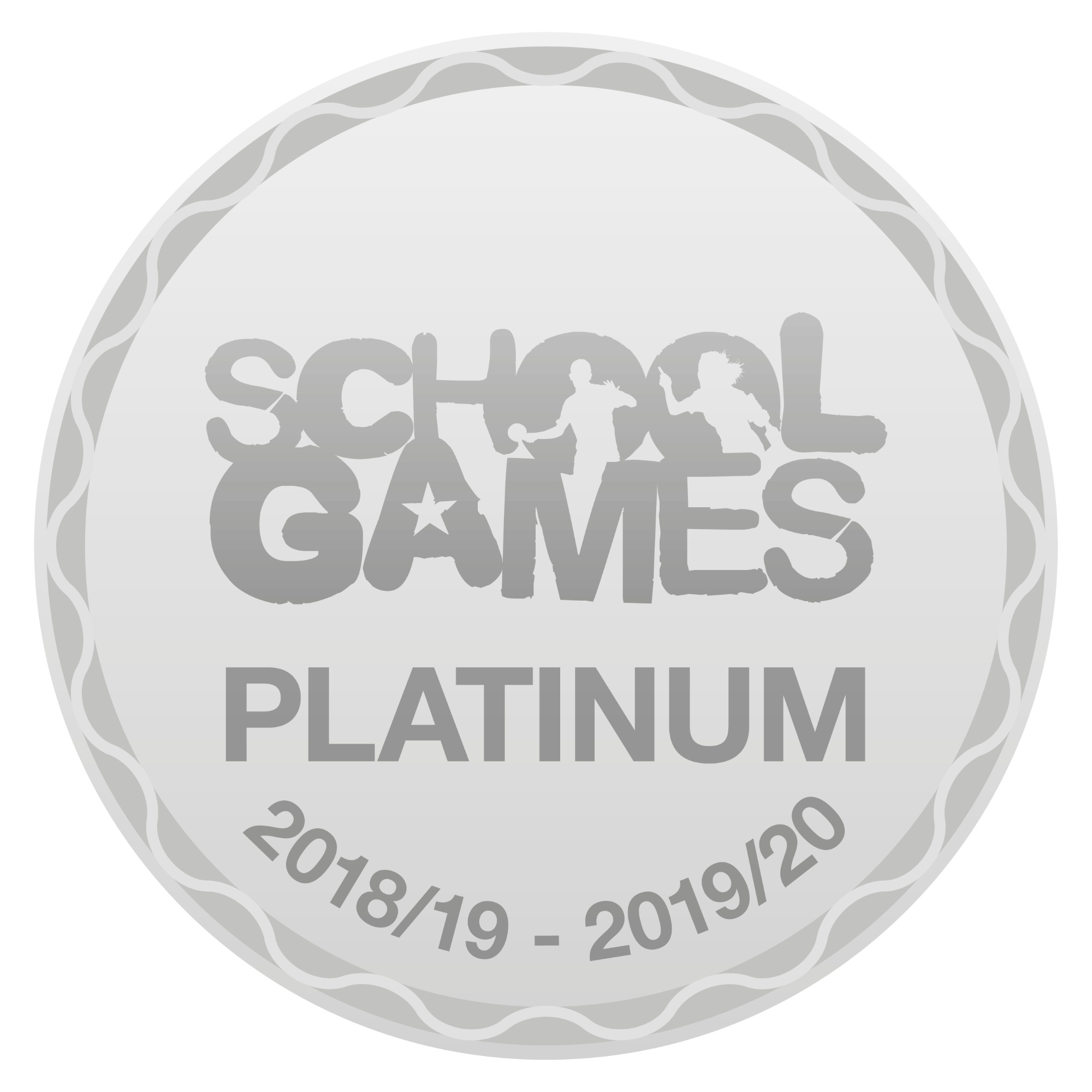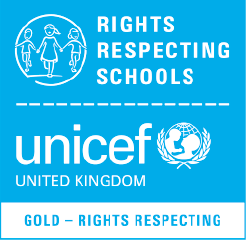Geography
Geography Curriculum Statement
“An understanding of the natural world is a source of not only great curiosity, but great fulfilment.” Sir David Attenborough.
As a Federation we are committed to instilling in the children a love of and an interest and curiosity about the world around them. We aim to inspire children to have an understanding and a fascination for people and places, and for them to develop a sense of place whilst investigating and exploring the physical and human aspects around them, both locally and globally. Our progressive, cumulative teaching throughout the year groups enables children to deepen their understanding about how people and places are interconnected and interrelated and to understand the interaction between physical and human processes.
Each conceptual topic has a ‘Big Question’ within which other questions are asked and investigated. These give the children small steps to answer the big question and to develop geographical knowledge, vocabulary, understanding and skills. Initially, topics are centred around the familiar, such as the local environment and the seaside before then progressing to learning about other places such as hot and cold places in the world, and comparing and contrasting other areas in the UK, Europe, Africa and North and South America. The topics include learning about physical features such as volcanoes, rivers and mountains and their locations, how landscapes influence human behaviour and local communities and the effects of extreme weather events. There is also a focus on climate change and sustainability, and our responsibility for our global home. The children explore how climate change impacts on our world and are encouraged to consider their actions not only in their geography lessons but also as a wider school community, including in assemblies, eco council and school council meetings and daily recycling opportunities and reflection on energy use.
To inspire, identify, observe, investigate and research, children have access to a variety of resources, including digital mapping, maps, photographs, charts and data tables, video footage and fieldwork in the local area. Children work together collaboratively but are also supported and encouraged to develop independence, skills which allow them to develop their ability to ask questions, analyse and explain their findings with confidence. End of unit writing tasks allow children to demonstrate their knowledge and understanding.
Vocabulary is explicitly planned and taught, allowing children to build a comprehensive bank of technical geographical language. This vocabulary is outlined on a Knowledge Organiser for each topic which is used by children in the classroom and is available to parents and carers via our school website.
We encourage the children to play their part as global citizens, develop transferable skills and knowledge and to support them in nurturing a love and care for our planet, together with an excitement for the subject that we hope will continue with them in further studies of geography and natural history throughout their lives.











